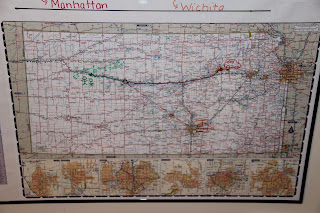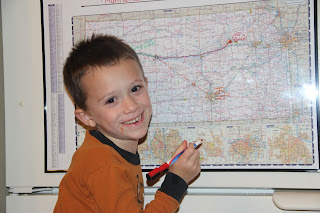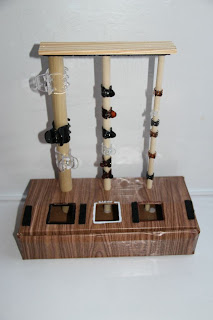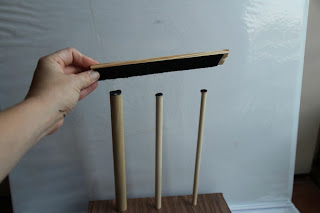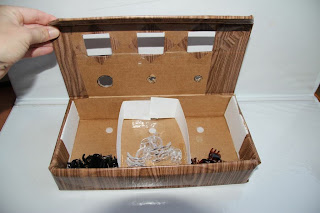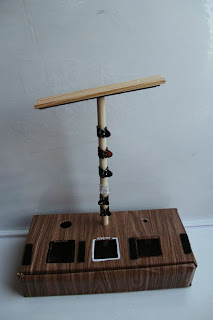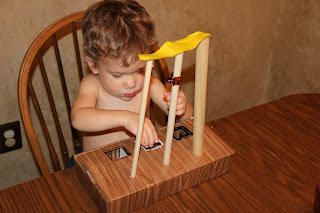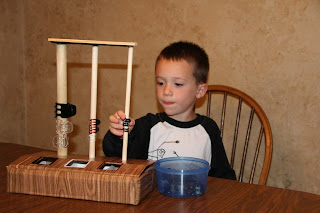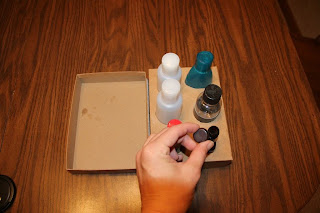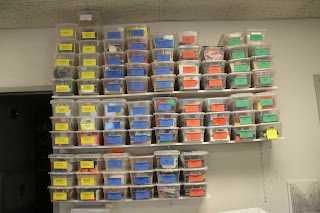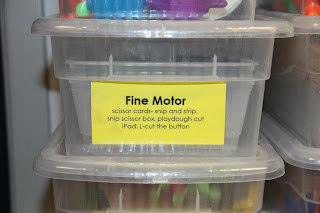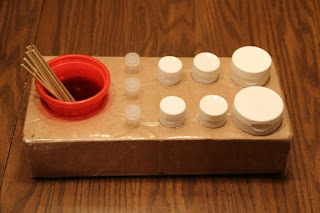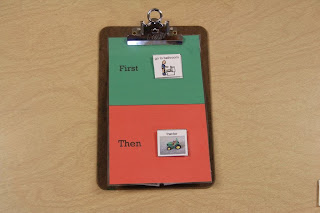Recently, I spent a week in Manhattan, KS for an ABA training provided by the Kansas Center for Autism Research and Training(K-Cart). The training was fabulous. I learned a lot from Jill Koertner and her staff. However, I will save all that knowledge for future post after I put it in practice with my students. For now, I want to share a mommy revelation with you.
Every time I am away I struggle with mommy guilt which usually manifests itself in me buying the boys some sort of toy or trinket. This coping mechanism does serve my wallet or mind well. It can be difficult to find them something that they don’t already have and something they truly need.
Here's my solution...this time I bought the boys a Kansas map. I then went to Hobby Lobby and purchased a poster frame.
MONEY SAVING TIP: Last week happened to be a frame sale week. As a result, I got the frame for a mere $6.00! However if you go when they are not having a frame sale, just log on to the Hobby Lobby website via your phone and you can access their daily 40% off coupon by simply giving the cashier the code from your phone!!
Then, I simply framed the map and added a key to represent both mom & dad's travels. (My husband is a flight medic and flies to small and large towns throughout Kansas adding to the daily Kansas geography lessons for our boys.)
The poster frame serves as a dry erase component to map out our trips.
In the future, they can even learn to read and find cities on the map using the legend on the side!
So far, EJ loves it! He doesn’t even realize he's being taught! He just thinks of it as a fun thing to do. (Little does he know, everything is a learning activity when Mommy's a teacher!)
As I go around the state, I also plan to bring back brochures, postcards, or other items to share special things about the places we go. My only wish is that I had more national or global travels...but Kansas will have to do for now!! :)




